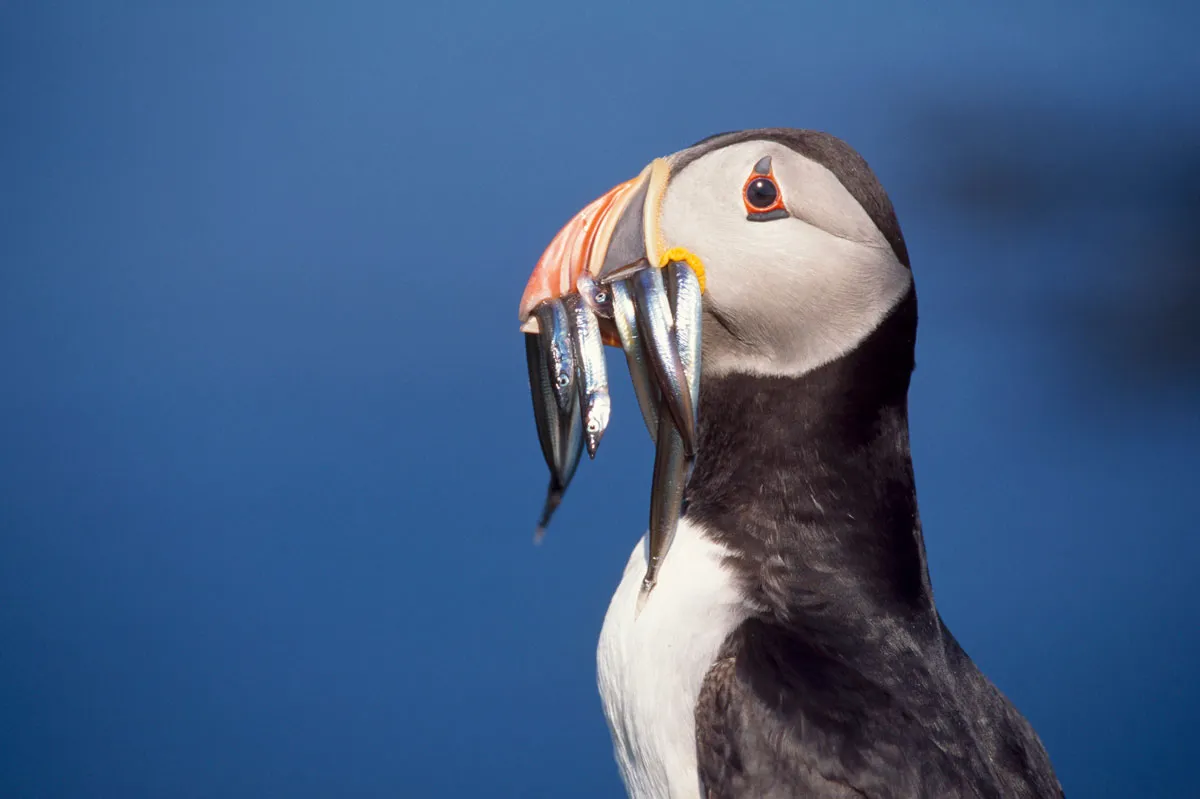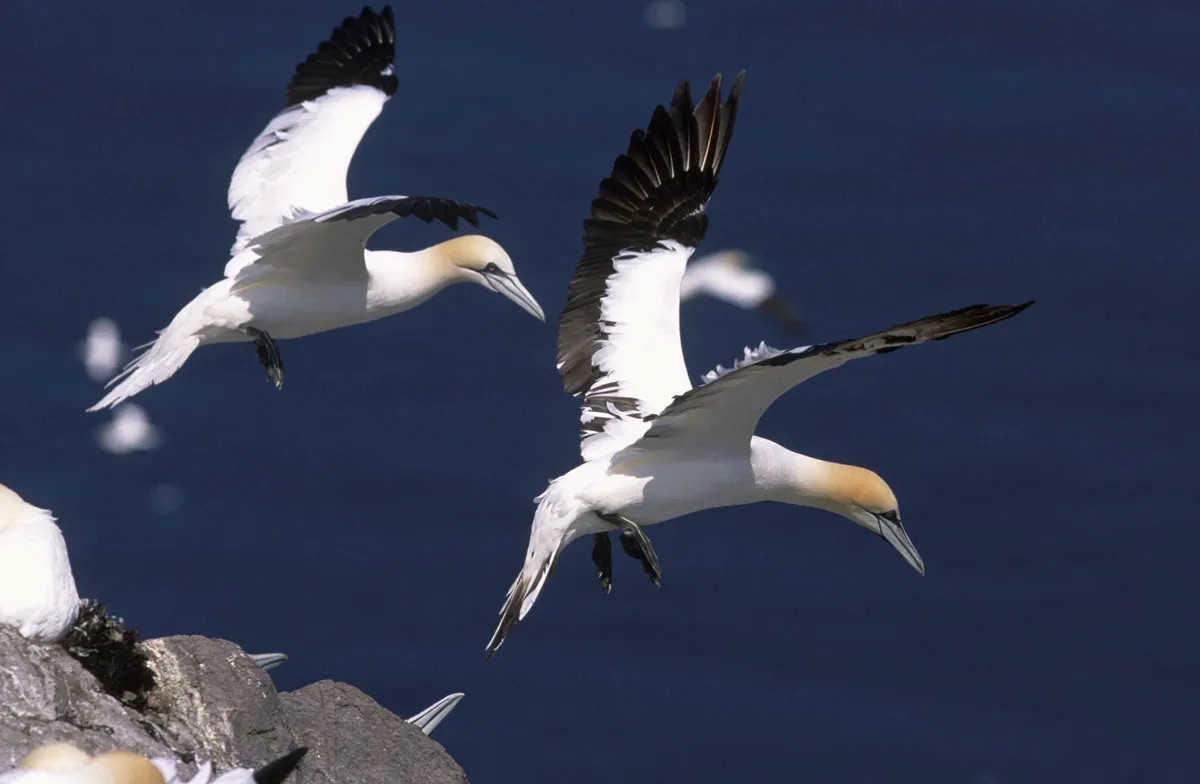According to the latest figures from the RSPB, since the last national census in 2000, there has been a significant change in the number of seabirds making their home on the 17-mile stretch of coast., which runs from Bridlington to the north of Filey.
The latest count of the birds revealed the colony is now home to 298,054 breeding seabirds, which fledge over 113,000 young making it the largest mainland colony in the UK.

Figures show the numbers of gannets have increased from 2,550 to 13,400 pairs (425%), guillemots from 31,000 to more than 57,000 pairs (+79%), kittiwakes from 42,000 to 45,300 pairs (+7%), razorbill jumped from 5,700 to 19,000 pairs (+230%) and the number of puffins reached 1,440 pairs.
Anne Armitstead, Natural England’s Yorkshire Coast Project Officer, said: “It’s wonderful that at Flamborough and Filey Coast numbers are increasing. Attracted by safe cliff nests and plentiful food out at sea, Flamborough is now the most important colony for gannets and kittiwakes in England. Sadly, elsewhere across the UK, seabird numbers are in decline and detailed bird surveys like this provide important evidence to inform our protection work with the RSPB and other partners.”
Despite the dramatic increase in numbers along the Yorkshire coast, since 1982, the UK’s Seabird Population Indicator – based on breeding numbers for 13 species of seabird from a handful of colonies – has declined by 22 per cent, with most of this decline taking place over the last ten years, putting some species and sites in a vulnerable position.

The dramatic change in breeding populations on the Flamborough and Filey Coast highlights the need for a National Seabird Census to provide better insight for conservation efforts, say the RSPB.
Keith Clarkson, Seabird Census Project Manager, based at RSPB Bempton Cliffs, said: “This latest survey highlights the international importance of this stretch of coastline is for breeding seabirds. While the birds at sites such RSPB Bempton Cliffs are doing well, the national indicator suggests that seabirds around the rest of the UK are struggling. It is vital for the future of our seabirds that we now have a national census to learn more about the colonies around the UK and to pinpoint our efforts to help save them.”
Funded by Natural England, the survey took a team of RSPB experts 34 days, or 253 hours, including 214 hours spent on a boat counting the seabirds nesting on the cliffs.
Main image: Kittiwake Rissa tridactyla, pair standing on rock/ Credit: Andy Hay